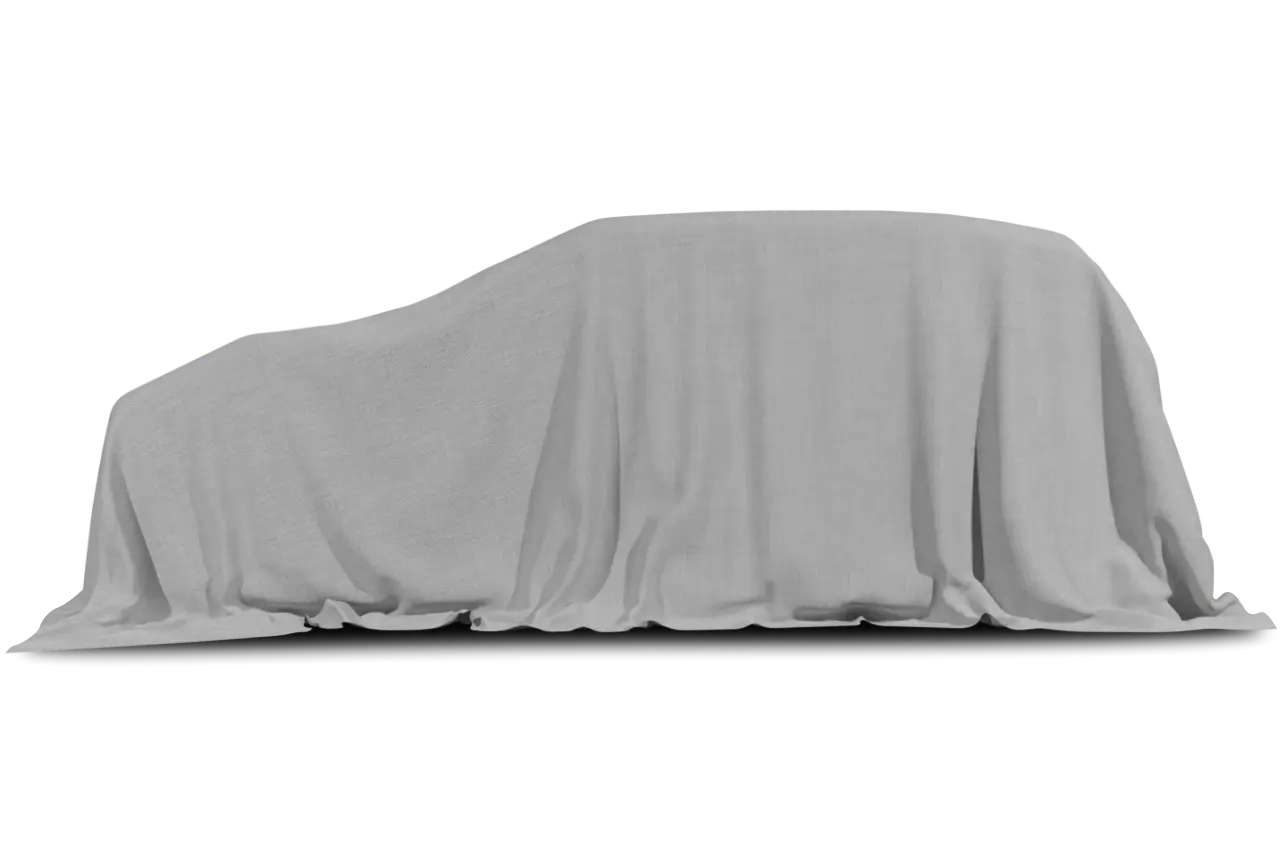
Vehicle Overview
Except for the addition of a six-CD changer option and a newly standard tilt steering column, Fords full-size E-Series Vans and passenger-carrying Wagons have changed little for 2002. Speed control is now available as a stand-alone option in commercial Vans and XL Wagons. A-pillar grab handles are now installed on all Wagons, and XLT Wagons gain dual illuminated sun visors.
Cargo versions, called E-Series Vans, outsell the passenger-carrying E-Series Wagons by more than a 4-1 ratio. Vans come in three capacity ratings: E-150 (half-ton), E-250 (three-quarter-ton) and E-350 Super Duty (one-ton). Wagons are offered only in E-150 and E-350 forms and in two trim levels: XL and XLT. The E-Series is also marketed in cutaway form or as a stripped chassis.
Like its competitors from Chevrolet, Dodge and GMC, Fords full-size, rear-wheel-drive van is an old-timer, with a heritage that dates back to 1961. For more than two decades, the truck-based E-Series has been the top seller among full-size vans, beating the Chevrolet Express, Dodge Ram Van and GMC Savana by wide margins.
All full-size models saw a drop in sales during 2001. The cargo-carrying E-Series Vans sales fell significantly in the past year, down 17 percent to 130,825 units, according to Automotive News. Wagons suffered only a slight loss, but they sell in far fewer numbers: just 28,740 units in 2001.
Exterior
The regular-length Van and Wagon have a 138-inch wheelbase and stretch to 211.9 inches in overall length. Extended models actually ride the same wheelbase, but their bodies are 20 inches longer and reach well beyond the back wheels. The E-150 is available only in regular length, while the heavier-duty models come in either setup.
Swing-out 60/40-split doors are installed on the right side, but a sliding cargo door is available as a no-cost option. Swing-out doors are the only choice at the rear. A Chateau Appearance Package that features dual-media audio, privacy glass and an overhead console is available for Wagons.
Interior
Aimed at commercial applications, the cargo Van is fitted only with two bucket seats up front. Regular-size passenger models have seating for eight occupants the arrangement consists of two front buckets and a pair of three-passenger bench seats. Captains chairs can replace the center bench to provide seating for seven. A four-place rear bench boosts capacity to a dozen, and the extended Wagon can add yet another four-person bench seat to allow for 15 passengers. Cargo volume is 256.5 cubic feet in the regular-size E-Series or 309.4 cubic feet for extended-length models.
A cargo organizer is installed behind the rear bench seat. The optional Traveler Package that was previously offered for the E-150 XLT is now available for the E-350 Super Duty Wagon. It includes two video screens, Parchment leather-trimmed seven-passenger seating, running boards and Tu-Tone body paint.
Under the Hood
Because full-size van buyers have such a variety of hauling and towing requirements, five different engines are available. The base engine for the E-150 is a 191-horsepower, 4.2-liter V-6. Stepping up a notch are a pair of V-8s: a 225-hp 4.6-liter and a 255-hp 5.4-liter. The strongest gasoline engine offered is a 6.8-liter V-10 that cranks out 305 hp. For true brute force, the heaviest-duty models can have a Power Stroke 7.3-liter turbo-diesel V-8 that generates 215 hp.
All models have a four-speed-automatic transmission. When properly equipped, the E-150 Van can tow up to 6,800 pounds thats 300 pounds more than the equivalent E-150 passenger Wagon. An E-350 Super Duty Van can pull up to 5 tons if it is equipped with one of the larger engines the V-10 or turbo-diesel. Maximum payload ratings for the Van range from 1,715 to 4,025 pounds, depending on the model.
Safety
All E-Series vans have dual front airbags. Four-wheel antilock brakes and front seat belt pretensioners are standard.
Driving Impressions
Anyone whos considering a full-size van but hasnt driven an E-Series in a while is likely to find that its changed quite a bit in some ways but not much in others. On the whole, this van is still the same big box on wheels that Ford launched back in the 1960s, with its rear-wheel drive and a separate frame. On the positive side, the current Wagon can be equipped with quite an array of comfort and convenience features. After a few minutes behind the wheel, its almost possible to forget its truck origins.
Engine drone is less noticeable than in Ford vans of the distant past, which helps to make the latest E-Series less trucky than its predecessors. With relatively light steering, it maneuvers almost as easily as a smaller van. On the other hand, more effort is needed to judge your position on the highway and while parking.
The 5.4-liter V-8 engine in the E-150 is strong enough to deliver a satisfying and safe response to pressure on the gas pedal. Ride quality is decent enough, but its not as cushioned as most minivans. The E-Series needs more correction on straightaways than many smaller vans, but its reasonably stable. Drivers certainly enjoy a commanding view and, despite the high stance, getting in and out isnt too difficult.
All told, the E-Series stacks up well against Chevrolet, Dodge and GMC. For people who want or need a big van, brand loyalty is often just as important as the available features and performance qualities.























